Home>Maintenance & Safety>Safety Equipment & Products>How To Obtain A Home Safety Evaluation


Safety Equipment & Products
How To Obtain A Home Safety Evaluation
Modified: January 6, 2024
Learn how to ensure the safety of your home with a comprehensive safety evaluation. Find the best safety equipment and products for your needs. Protect your loved ones today!
(Many of the links in this article redirect to a specific reviewed product. Your purchase of these products through affiliate links helps to generate commission for Storables.com, at no extra cost. Learn more)
**
Introduction
**
Ensuring the safety of your home is a paramount responsibility that every homeowner should prioritize. A home safety evaluation is a comprehensive assessment aimed at identifying potential hazards and implementing measures to mitigate risks. From preventing accidents to safeguarding against emergencies, a thorough evaluation can significantly enhance the safety and security of your living environment. In this guide, we will delve into the importance of home safety evaluations, the essential steps to prepare for an evaluation, the process of conducting an evaluation, common safety issues to look for, and practical measures to implement for a safer home. Let's embark on this journey to fortify the safety of your cherished abode.
Key Takeaways:
- Prioritize safety by conducting a home evaluation to prevent accidents, safeguard family members, and prepare for emergencies, creating a secure living environment for all.
- Implement targeted safety measures such as enhancing lighting, repairing handrails, and addressing electrical concerns to fortify your home’s security and well-being.
Importance of Home Safety Evaluation
Home safety evaluations play a pivotal role in safeguarding the well-being of your household members and visitors. By conducting a thorough assessment, you can identify potential hazards and take proactive measures to mitigate risks, thereby creating a secure living environment. Here are several compelling reasons why home safety evaluations are crucial:
- Preventing Accidents: A comprehensive evaluation can help identify potential hazards such as loose handrails, slippery floors, or faulty electrical wirings, reducing the risk of accidents and injuries within the home.
- Safeguarding Family Members: By addressing safety concerns, you can protect your loved ones from potential dangers, ensuring their well-being and peace of mind.
- Emergency Preparedness: Evaluations can highlight areas that require emergency preparedness, such as installing smoke detectors, fire extinguishers, and first-aid kits, enabling swift responses to unforeseen situations.
- Aging in Place: For elderly family members, a safety evaluation can facilitate aging in place by identifying modifications needed for accessibility and fall prevention.
- Property Protection: Identifying and addressing safety issues can help protect your property from potential damage, reducing the risk of costly repairs due to preventable accidents.
By recognizing the importance of home safety evaluations, you can proactively address potential hazards and create a secure and nurturing environment for all occupants. Now, let’s explore the essential steps to prepare for a home safety evaluation.
How to Prepare for a Home Safety Evaluation
Prior to conducting a home safety evaluation, it’s essential to make thorough preparations to ensure a comprehensive assessment. Here are the key steps to prepare for a home safety evaluation:
- Gather Information: Compile a list of any previous safety incidents, near-misses, or areas of concern within your home. This information will provide valuable insights for the evaluator.
- Identify High-Traffic Areas: Take note of the areas in your home that experience the highest foot traffic, as these zones may require additional attention during the evaluation.
- Review Safety Guidelines: Familiarize yourself with safety guidelines and regulations relevant to residential properties, including fire safety, electrical standards, and general home safety recommendations.
- Schedule the Evaluation: Coordinate with a qualified safety professional or inspector to schedule a convenient date and time for the evaluation. Ensure that all necessary parties are present during the assessment.
- Prepare Documentation: Gather any relevant documentation, including property blueprints, maintenance records, and warranties for installed safety equipment.
By diligently preparing for the home safety evaluation, you can streamline the assessment process and ensure that all critical areas are thoroughly reviewed. Next, let’s explore the process of conducting a home safety evaluation.
Conducting a Home Safety Evaluation
When conducting a home safety evaluation, it’s essential to approach the assessment meticulously to identify potential hazards and safety concerns. Here’s a step-by-step guide to conducting a comprehensive home safety evaluation:
- Exterior Assessment: Begin by inspecting the exterior of the property, focusing on pathways, driveways, and entry points. Check for uneven surfaces, inadequate lighting, and any potential tripping hazards.
- Interior Inspection: Proceed to assess the interior spaces, paying close attention to flooring, stairways, and the condition of handrails. Look for loose carpeting, slippery surfaces, and any obstructions that could pose risks.
- Electrical and Fire Safety: Evaluate the functionality of smoke detectors, carbon monoxide alarms, and fire extinguishers. Inspect electrical outlets, cords, and appliances for potential fire hazards or electrical malfunctions.
- Kitchen and Bathroom Safety: Assess the safety features in the kitchen and bathrooms, including the stability of cabinets, the presence of non-slip mats, and the functionality of GFCI outlets near water sources.
- Accessibility and Mobility: Consider the accessibility of the home for individuals with mobility challenges. Evaluate the presence of handrails, ramps, and adequate lighting in areas requiring accessibility modifications.
- Emergency Preparedness: Review the availability and condition of emergency supplies, including first-aid kits, flashlights, and emergency contact information prominently displayed for easy access.
Throughout the evaluation, it’s crucial to take detailed notes and photographs to document any identified safety issues. Additionally, engage in open communication with the evaluator, addressing any specific concerns or areas of interest within the property.
By meticulously conducting a home safety evaluation, you can gain valuable insights into potential hazards and safety vulnerabilities, setting the stage for implementing effective safety measures. Next, we’ll delve into common home safety issues to look for during the evaluation.
When obtaining a home safety evaluation, make sure to check for potential hazards such as loose rugs, exposed wires, and unsecured furniture to ensure a safe living environment.
Common Home Safety Issues to Look for
During a home safety evaluation, it’s crucial to be vigilant and thorough in identifying common safety issues that may compromise the well-being of occupants. Here are some prevalent home safety issues to look for during the evaluation:
- Tripping Hazards: Assess the presence of loose rugs, cluttered walkways, and uneven flooring that could pose tripping hazards, especially in high-traffic areas and near staircases.
- Inadequate Lighting: Identify areas with insufficient lighting, as poor visibility increases the risk of accidents, particularly in dimly lit hallways, stairwells, and outdoor pathways.
- Faulty Handrails: Inspect the stability and condition of handrails along staircases, balconies, and elevated platforms, ensuring they are securely anchored and free from defects.
- Electrical Concerns: Look for exposed wiring, overloaded outlets, and outdated electrical systems that may pose fire hazards or electrical malfunctions.
- Slippery Surfaces: Evaluate the slip resistance of flooring in bathrooms, kitchens, and entryways, addressing any slick surfaces that could lead to slips and falls.
- Fire Safety Deficiencies: Check the functionality of smoke detectors, fire alarms, and carbon monoxide detectors, ensuring they are operational and strategically located throughout the property.
- Accessibility Barriers: Identify areas with limited accessibility, such as narrow doorways, high thresholds, or lack of accommodations for individuals with mobility challenges.
- Unsafe Storage: Assess storage areas for proper organization and secure placement of heavy items to prevent tipping or falling hazards.
By diligently identifying these common home safety issues, you can lay the groundwork for implementing targeted safety measures to address each concern effectively. Now, let’s explore the crucial steps for implementing safety measures to fortify your home’s security and well-being.
Read more: How To Obtain Home Improvement License In DC
Implementing Safety Measures
Following a comprehensive home safety evaluation, it’s crucial to implement targeted safety measures to address identified concerns and fortify the security of your home. Here are essential steps for implementing safety measures:
- Address Tripping Hazards: Secure loose rugs, eliminate clutter, and repair uneven flooring to minimize tripping hazards. Consider installing non-slip mats in areas prone to moisture or spills.
- Enhance Lighting: Install additional lighting fixtures or motion-activated lights in dimly lit areas to improve visibility and reduce the risk of accidents, especially in stairwells and outdoor pathways.
- Repair Handrails: Ensure that all handrails are securely anchored and free from defects. Repair or replace any unstable or damaged handrails to provide reliable support on staircases and elevated platforms.
- Electrical Upgrades: Address any identified electrical concerns by hiring a qualified electrician to update wiring, install additional outlets, and replace outdated electrical components to enhance safety and prevent fire hazards.
- Slip-Resistant Surfaces: Apply non-slip coatings or adhesives to slippery surfaces, especially in bathrooms and kitchens, to reduce the risk of slips and falls. Consider replacing slick flooring with slip-resistant alternatives for long-term safety.
- Fire Safety Enhancements: Test and replace batteries in smoke detectors and carbon monoxide alarms regularly. Consider upgrading to interconnected smoke alarms for enhanced protection and install fire extinguishers in strategic locations throughout the home.
- Accessibility Modifications: Install ramps, widen doorways, and incorporate grab bars in bathrooms to improve accessibility for individuals with mobility challenges. Ensure that the home is designed to accommodate diverse mobility needs.
- Secure Storage Solutions: Organize storage areas to prevent items from toppling over and causing injuries. Secure heavy items and furniture to prevent tipping, especially in households with young children.
By diligently implementing these safety measures, you can address identified concerns and create a safer living environment for all occupants. Now, let’s conclude our exploration of home safety evaluations with a summary of the key takeaways.
Conclusion
Embarking on a home safety evaluation journey is a proactive step towards fortifying the security and well-being of your household. By recognizing the importance of these assessments, diligently preparing for the evaluation, conducting a thorough assessment, identifying common safety issues, and implementing targeted safety measures, you can create a safer and more secure living environment for all occupants. The proactive approach to home safety not only mitigates potential hazards but also fosters peace of mind and preparedness for unforeseen emergencies.
It’s essential to view home safety evaluations as an ongoing commitment to maintaining a secure living space. Regular reassessments and updates to safety measures will ensure that your home remains a haven of protection and comfort for all who reside within its walls. By prioritizing safety, you demonstrate a profound commitment to the well-being of your loved ones and visitors, fostering an environment where peace and security prevail.
Remember, the journey toward a safer home begins with a single step – the decision to prioritize safety. Let this guide serve as a compass, guiding you through the essential aspects of home safety evaluations and empowering you to take proactive measures to fortify your cherished abode. With each safety measure implemented, you contribute to a culture of security and preparedness, nurturing a space where safety reigns supreme.
May your home always be a sanctuary of safety, comfort, and tranquility, safeguarding all who dwell within its walls.
Frequently Asked Questions about How To Obtain A Home Safety Evaluation
Was this page helpful?
At Storables.com, we guarantee accurate and reliable information. Our content, validated by Expert Board Contributors, is crafted following stringent Editorial Policies. We're committed to providing you with well-researched, expert-backed insights for all your informational needs.
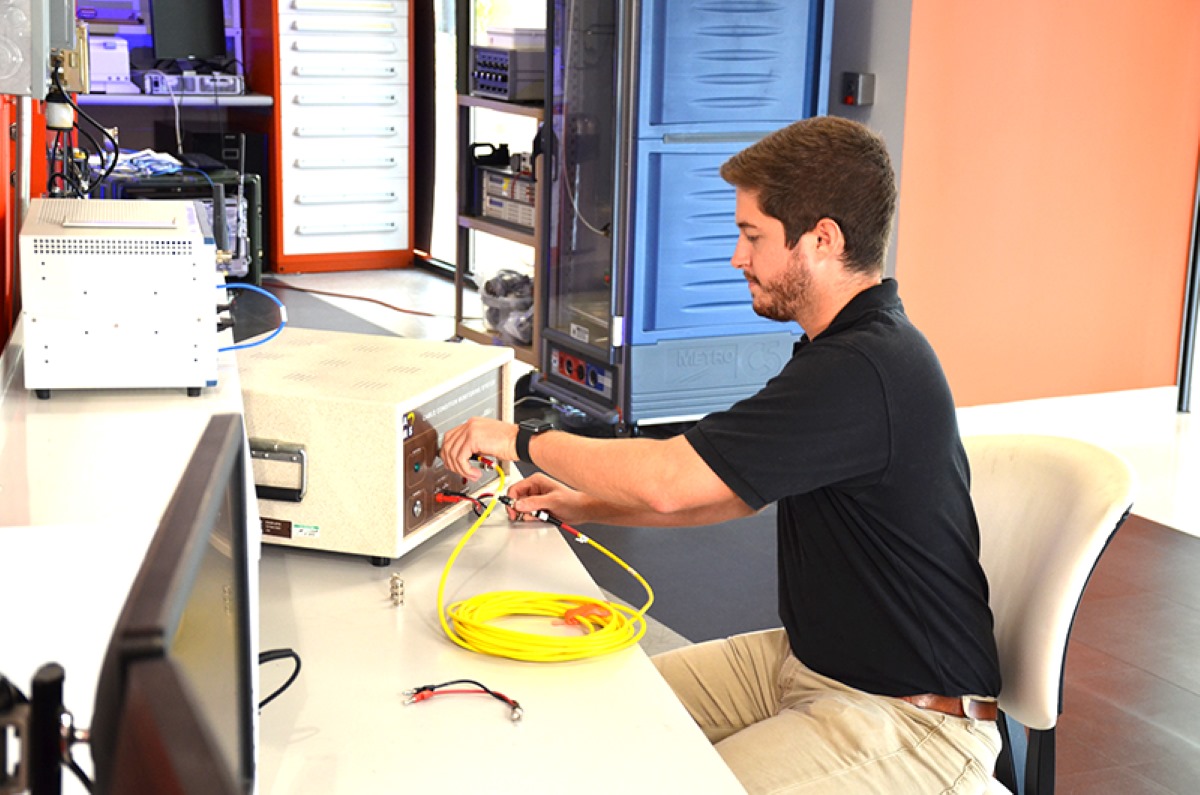
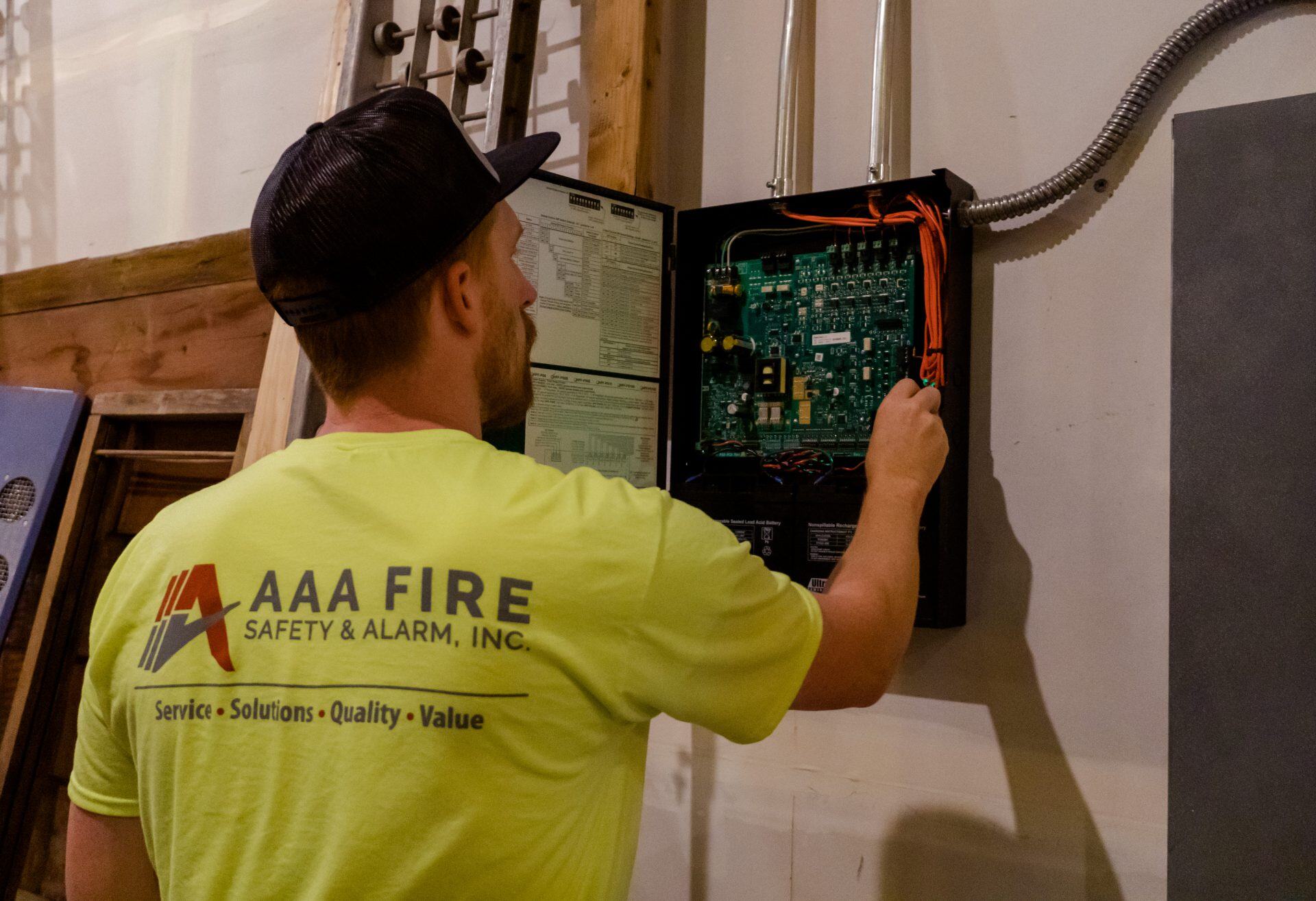
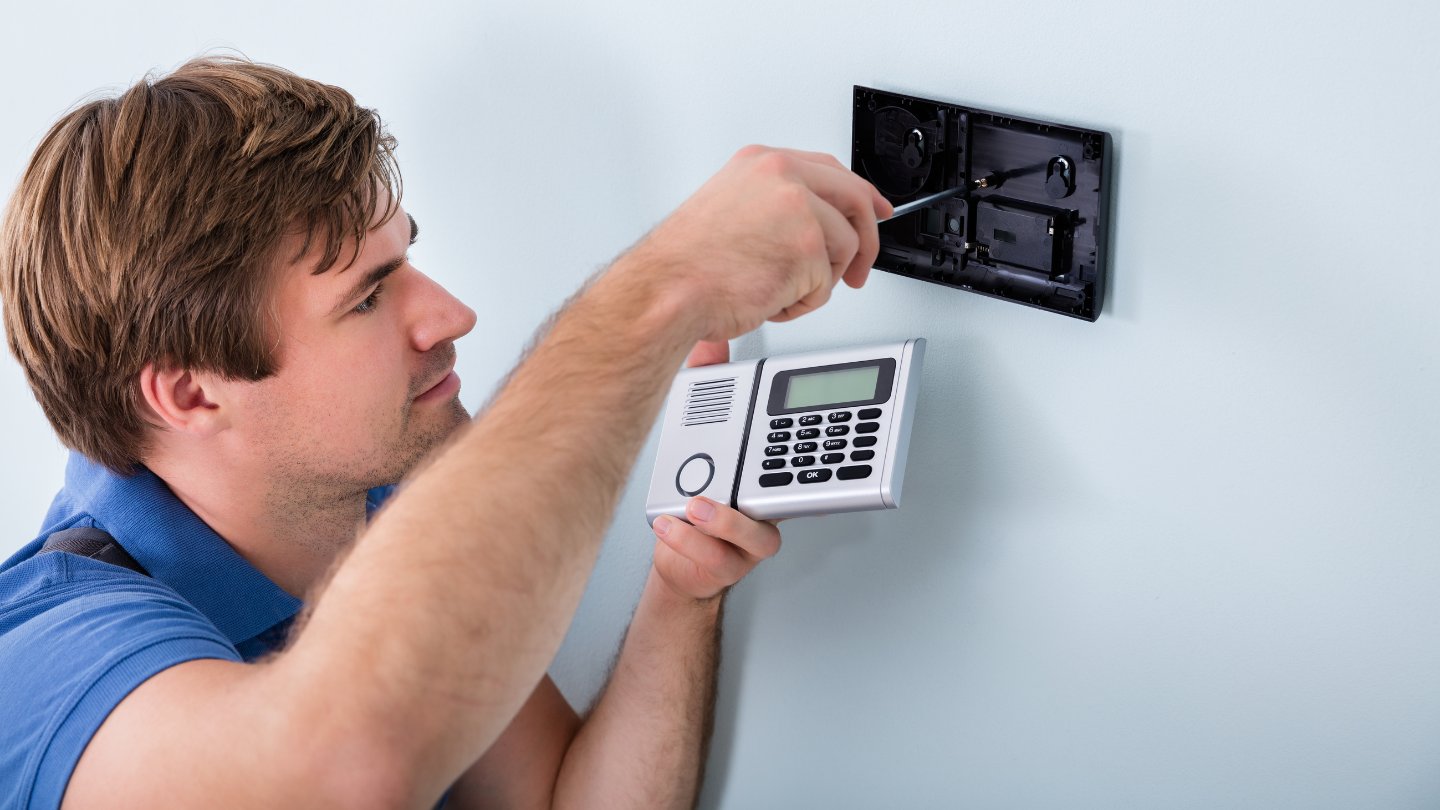
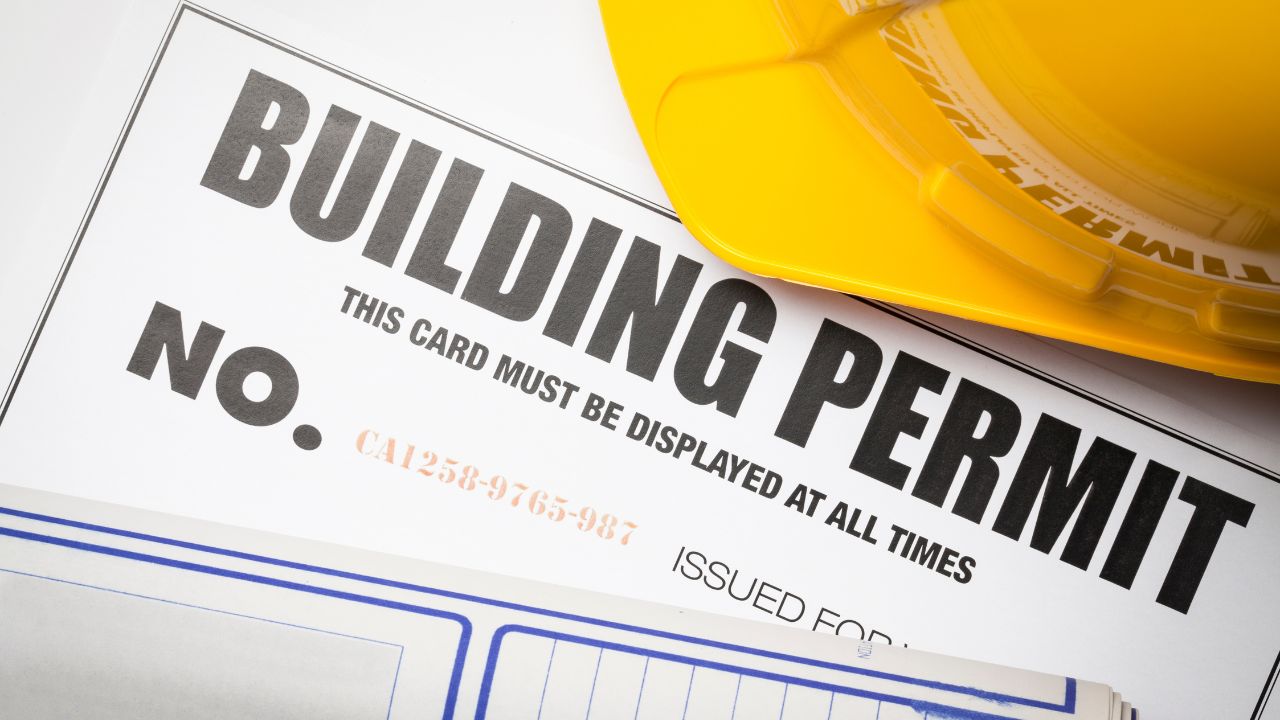

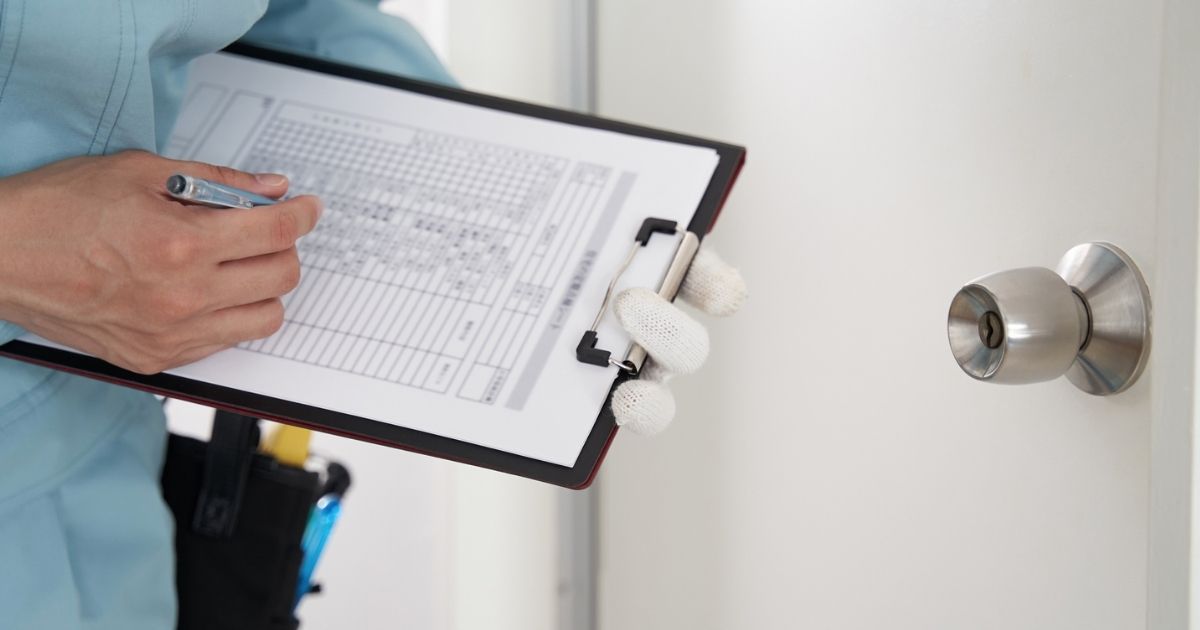




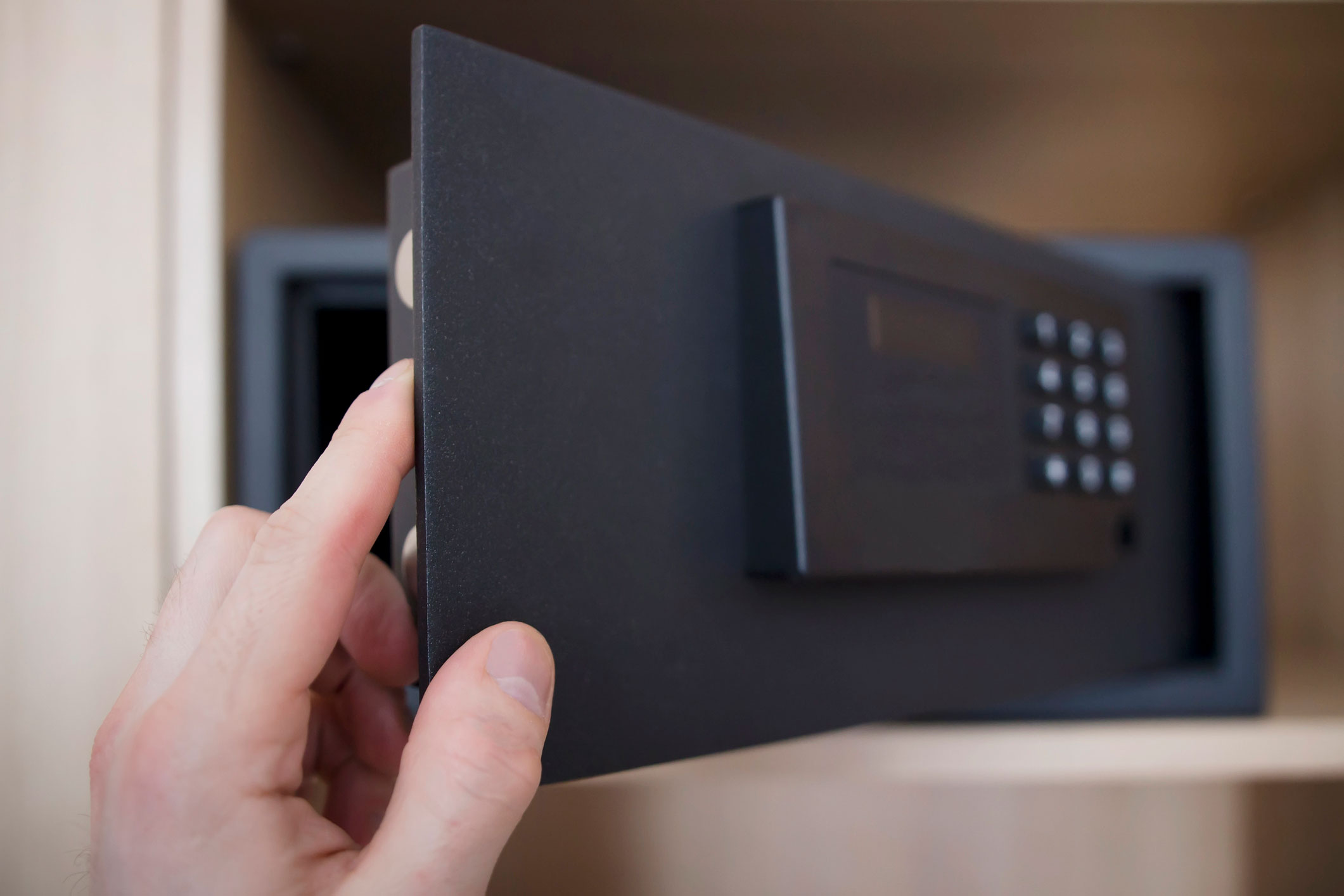


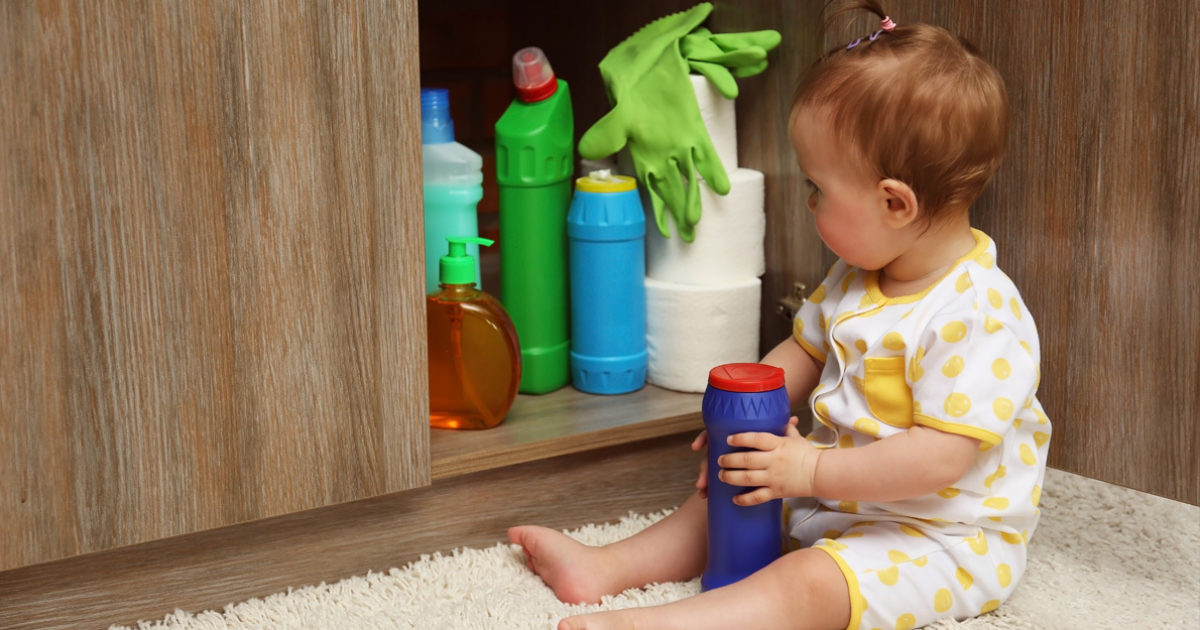

0 thoughts on “How To Obtain A Home Safety Evaluation”